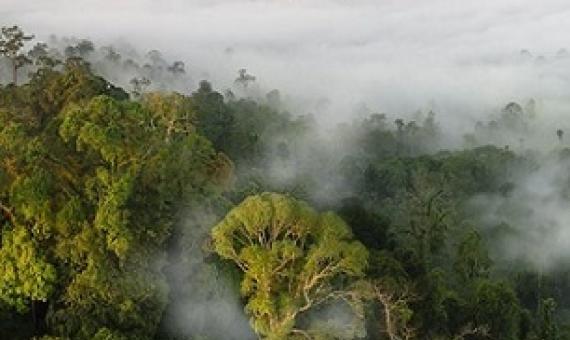eDNA metabarcoding as a biomonitoring tool for marine protected areas
Monitoring of marine protected areas (MPAs) is critical for marine ecosystem management, yet current protocols rely on SCUBA-based visual surveys that are costly and time consuming, limiting their scope and effectiveness. Environmental DNA (eDNA) metabarcoding is a promising alternative for marine ecosystem monitoring, but more direct comparisons to visual surveys are needed to understand the strengths and limitations of each approach.

![The Tauese P.F. Sunia Ocean Center, headquarters of the National Marine Sanctuary of American Samoa. [Samoa news file photo]](/sites/default/files/styles/news_teaser/public/NMS_ASG.jpg?itok=zMHRcDgB)








